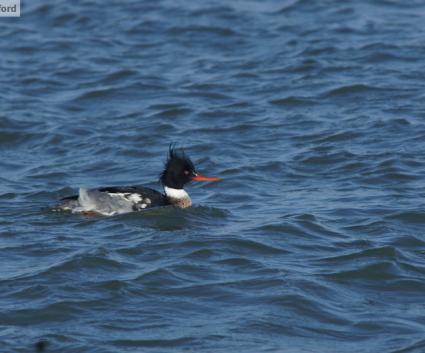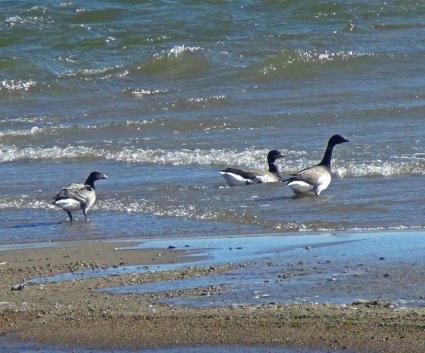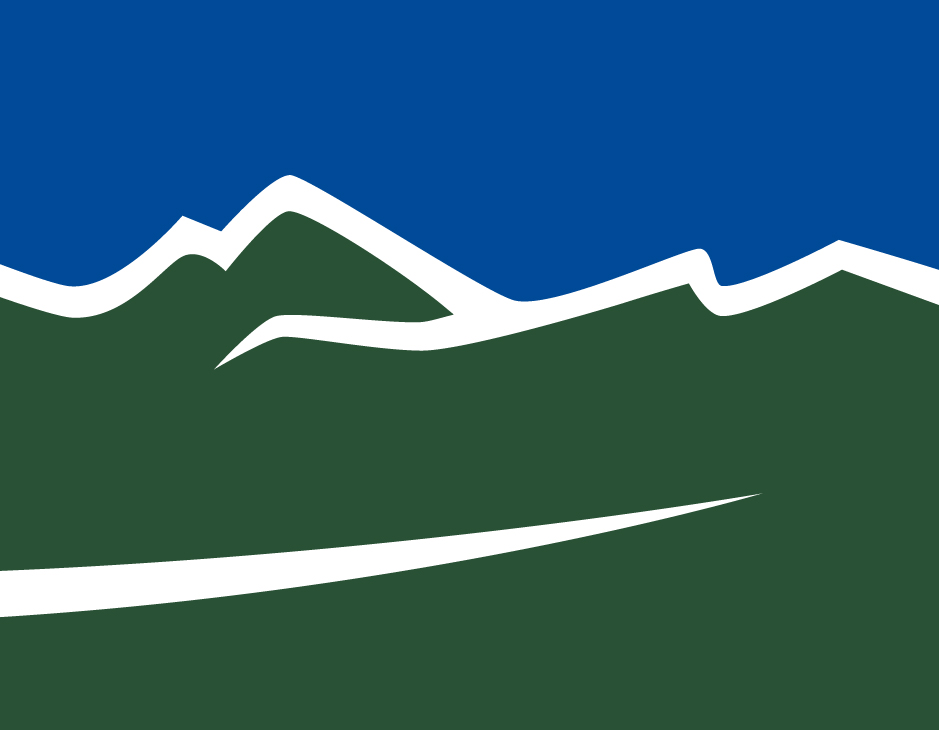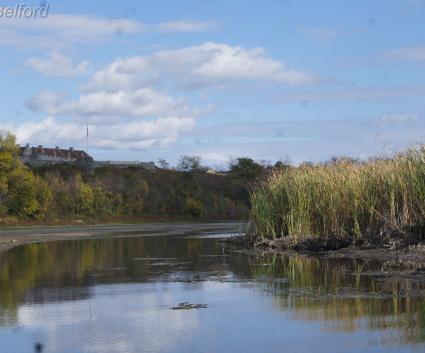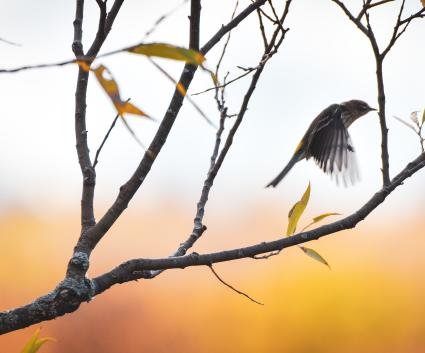A morning walk inspires a day of travel
My birding day started with a great deal of promise when I found nine species of warblers while walking Wren along Lake Colby in Saranac Lake. It was late in the fall for such diversity, but given how much south wind we’ve had of late, I figured many of our migrants had been held up, awaiting winds from the north.
The list was highlighted by four Tennessee Warblers that foraged in one small tree together, and it also included Black-throated Blue, Black-throated Green, Magnolia, and Blackpoll warblers. We also found lots of Ruby-crowned and Golden-crowned Kinglets, and Blue-headed Vireos, a trend that would last the entire day.
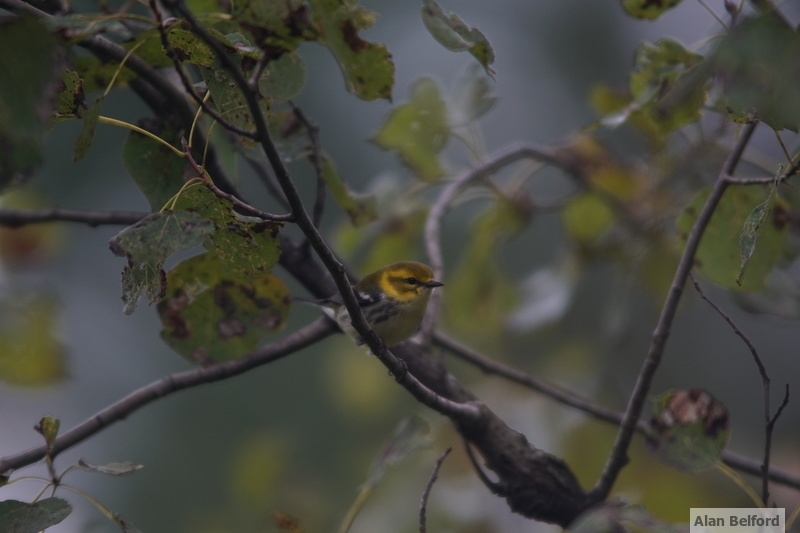
Off to the Adirondack Coast
Inspired by that success, I headed to the Lake Champlain Region — where north winds raced waves and whitecaps across the lake. I began in Westport, where the wastewater treatment facility sits along Hoisington Brook. There weren’t any odd species of gulls in the flock, nor did the Canada Geese hide anything of note, but a small flock of Yellow-rumped Warblers (seemingly ubiquitous all day) held more kinglets and Blue-headed Vireos. A couple of Killdeer also hung out on the mudflats.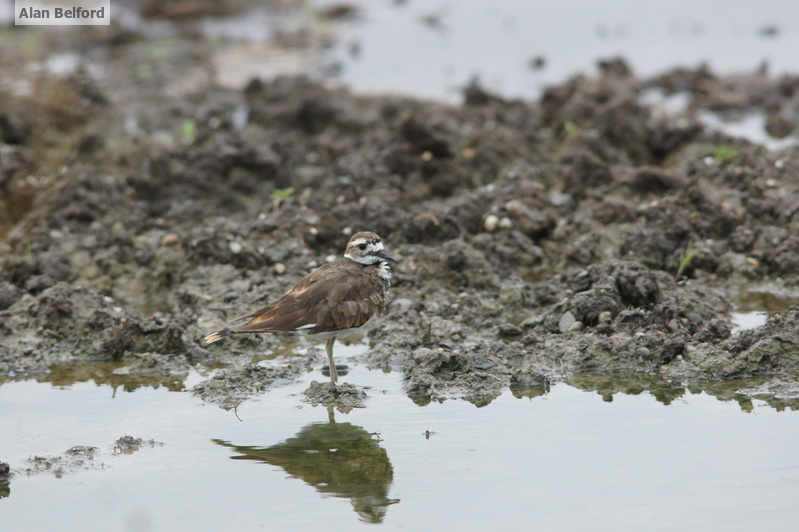
I was then on to the Magic Triangle, where a couple of Wild Turkeys and Ring-necked Pheasants fed in the fields along Clark Road — and where I found still more fall flocks of songbirds. The north winds were also promising raptors, and while I didn’t find a wide diversity, Turkey Vultures streamed south overhead all day. I spotted a few Bald Eagles, and I saw my first Northern Harrier of the fall cruising over Clark Road.
Toward the top of Clark Road, I found yet another fall songbird flock. Once again it was dominated by Yellow-rumped Warblers and Black-capped Chickadees, but, keeping with the theme for the day, the group was diversified by Blue-headed Vireos, both Ruby-crowned and Golden-crowned kinglets, and White-breasted Nuthatches, as well as a Black-throated Green Warbler, a Brown Creeper, and a Swainson’s Thrush.
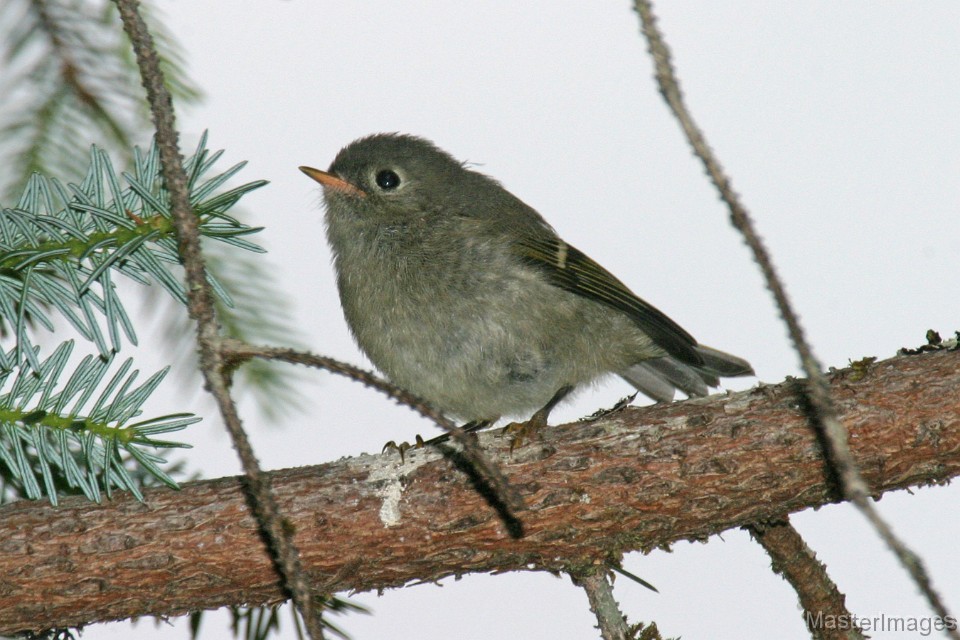
The viewpoint from Clark Road held more southbound Turkey Vultures, and Cross Road offered my first White-crowned Sparrow of the fall — many more will be passing through the area in the coming weeks. That’s one of the best things about this time of year. My day started with lingering, late warblers which are easier to find earlier in the fall, but I also found a few fall firsts that were arriving prior to their conspecific counterparts.
Noblewood Park and Ausable Marsh
I drove north from the Triangle to Noblewood Park in Willsboro, where I stumbled upon another mixed-species flock of birds that included many of the same species as before, as well as a few Pileated Woodpeckers and Northern Flickers. I also found a late Ovenbird foraging on the ground.
When I arrived, two friends of mine were already on the sand spit, scanning the lake and the flock of gulls that were congregated there in the cool breeze. While there weren’t any odd gulls and the distortion made scanning the lake difficult, my friends had found two American Golden Plovers on the far side of the Bouquet River, feeding there with a bunch of Killdeer, as well as a single Semipalmated Plover. The bay by the beach also held a small assemblage of Red-breasted Mergansers, Horned Grebes, and Common Goldeneye. We stood for a while scanning the birds and the waves to make certain that we weren’t overlooking anything else.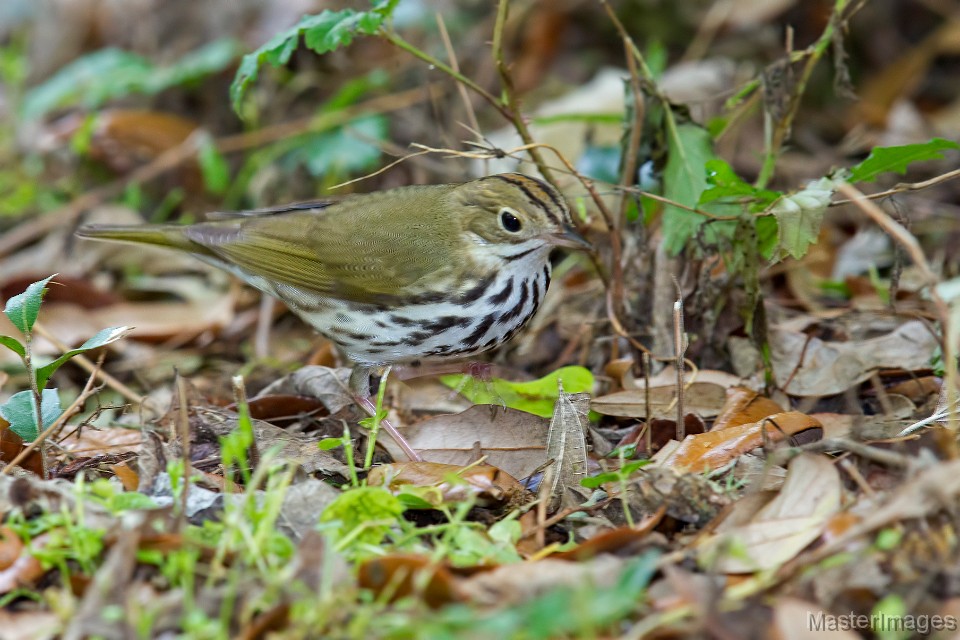
Eventually my friends needed to head home, and so I walked out with them, deciding to drive north to Ausable Marsh Wildlife Management Area to end my day. While the light was already low by the time I arrived — our days are getting shorter all the time — I still found more songbirds, including good numbers of White-throated and Swamp Sparrows as well as a few Marsh Wrens. A flock of Hooded Mergansers sat on the water, and as I was looking at them I spooked up an American Bittern from the reeds. These reeds also held a large number of roosting Red-winged Blackbirds, and the flock contained a number of Rusty Blackbirds — my first Rustys of the fall season.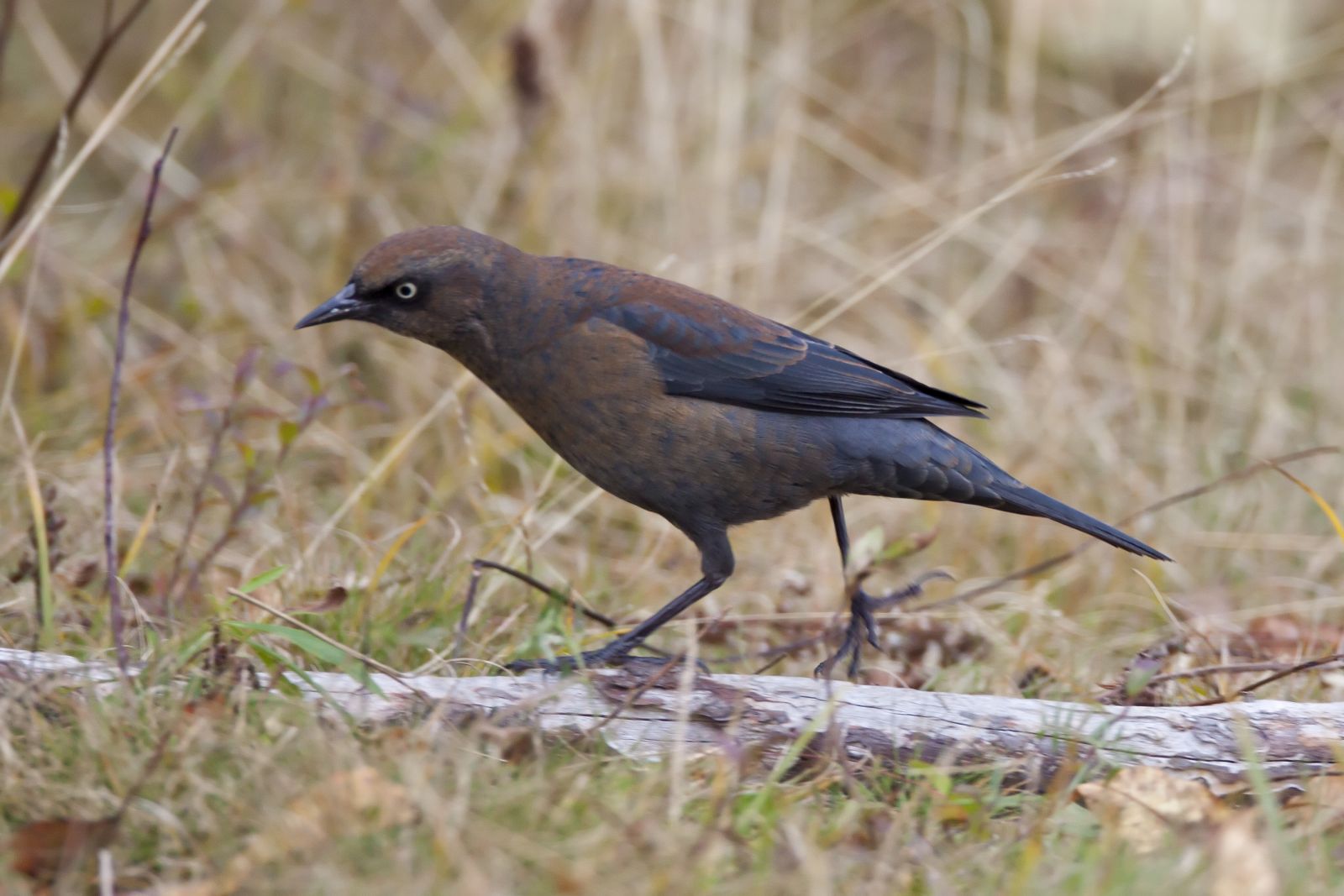
I made my way out to Ausable Point itself and watched the sky grow blue and purple as the soft light of sunset rested on the sand. It wasn’t bright enough to find birds on the lake, but the tranquil setting was peaceful as I closed out my day before heading for home.
Late fall offers excellent birding and outdoor recreation opportunities along the Adirondack Coast. Plan your trip today by checking out our lodging and dining pages.




